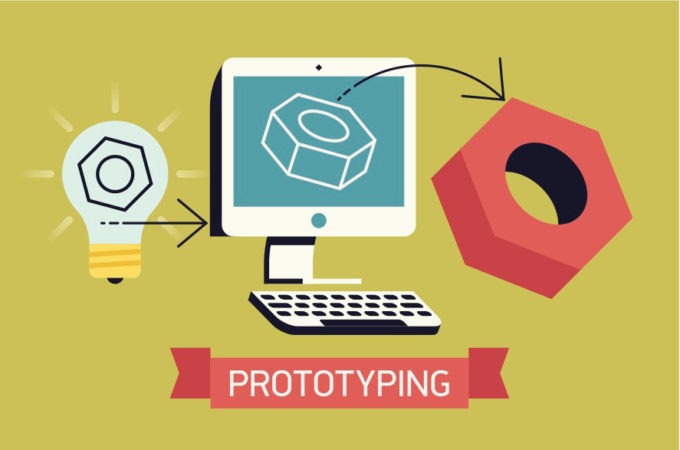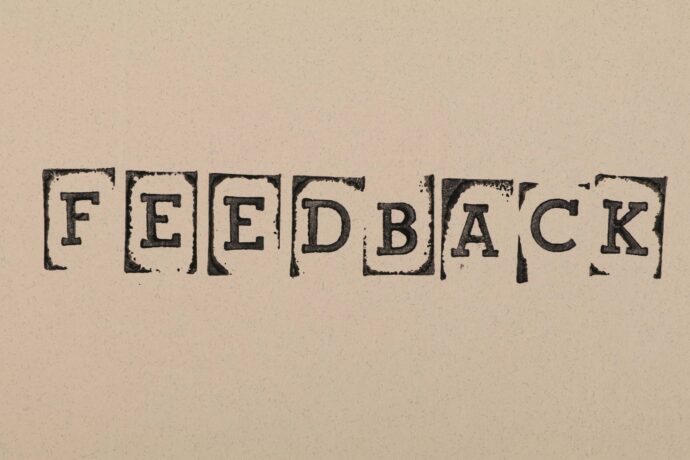Think about the impact of electricity, cars, or the internet. They transformed how we live, how we work, and even how we interact with each other. And what’s even more fascinating is that anyone can contribute to this landscape of change.
You don’t need a PhD or a lab full of expensive equipment. You can be a student, a stay-at-home parent, or a retiree. All you need is a curious mind, the ability to observe your surroundings, and the willingness to take action on your ideas.
The Power of Observation

Source: developmentco.com
Observation is the cornerstone of any great invention. Your ability to notice details that others might overlook can make all the difference. Remember, the Wright brothers observed birds to understand the principles of aerodynamics. George de Mestral came up with the idea for Velcro after observing how burrs stuck to his clothing and wondered how that natural ‘gripping’ mechanism could be replicated.
Similarly, your observations about inefficiencies in processes at work or issues with products you use daily could be the inspiration for the next big thing. Start by becoming an active observer in your environment. Keep a notebook or a digital app to jot down ideas or observations.
Identify Everyday Problems
Some of the best inventions come from solving very basic, everyday problems. For instance, the Post-it Note emerged from what was initially considered a failed experiment. Spencer Silver was aiming to create a super-strong adhesive but ended up creating a reusable, weak adhesive instead.
This seeming failure turned out to be an incredible opportunity. Because Silver was attuned to the problems around him, he saw that his ‘weak’ adhesive could solve the issue of bookmarks falling out of books. Therefore, pay attention to what irritates you or what could make life easier, either at home or work.
Market Research

Source: henkinschultz.com
Before you dive headlong into developing your invention, it’s essential to perform some market research. Take the time to find out what similar products or solutions are already out there. Check here to identify the competitors and understand the landscape you’re entering.
Use tools like online databases, consumer surveys, or even simple Google searches to collect data. This research doesn’t just tell you what already exists; it helps you figure out how your invention can stand out.
Brainstorming
After you’ve observed and researched, the next step is brainstorming. This is the phase where you let your creativity run free. Don’t limit yourself; write down all your thoughts, ideas, and even your wildest dreams related to the invention.
Use mind maps, brainstorming software, or a good old-fashioned notebook to keep track of your ideas. Allocate specific time slots for brainstorming so you can focus without interruptions. Your aim should be to come up with as many ideas as possible.
Prototyping

Source: revpart.com
Once you’ve honed in on a viable idea, the next step is to create a prototype. This is a preliminary version of your invention that allows you to see your idea in action. A prototype can be anything from a simple sketch on paper to a 3D model created using specialized software.
The purpose here is to evaluate the design, functionality, and feasibility of your idea. Prototyping allows you to catch design flaws or identify missing features early in the process. You can use a variety of materials for your prototype, from cardboard and plastic to digital tools, depending on the nature of your invention.
Testing and Iteration
Creating an invention isn’t a one-off process; it involves multiple rounds of testing and iteration. The importance of this step can’t be overstated. The first iteration of your prototype is unlikely to be perfect.
You’ll discover flaws, shortcomings, or features that can be improved. Take the example of Thomas Edison, who famously said he found 1,000 ways not to make a light bulb before he found the one way that worked. He used each failure as a stepping stone to refine and improve his design. Adopt a similar mindset.
Seeking Feedback

Source: talkwithcolleen.com
As you move through the cycles of testing and iteration, one crucial aspect is to seek external feedback. While you are the creator, an outsider’s perspective can offer invaluable insights that you might have overlooked. This could be from friends, family, or ideally, from people who are your target users.
Ask them to use your prototype and provide honest feedback. Find out more about what works for them and what doesn’t. Feedback can pinpoint areas of improvement, from design tweaks to entirely new features that could elevate your invention.
Legal Considerations
As your invention takes shape, it’s critical to start thinking about legal protections. Specifically, you need to consider patents and intellectual property rights. Patents provide exclusive rights to your invention, preventing others from making, using, or selling it without your permission.
The process involves submitting a detailed application that explains how your invention works and what makes it unique. Consult with a patent attorney to guide you through the complexities of patent law.
Funding and Resources

Source: energy.hawaii.gov
Turning your invention into reality often requires financial investment. Depending on the complexity of your invention, you might need funds for materials, manufacturing, marketing, or additional research. There are multiple avenues for securing funding
. You can opt for personal savings, bank loans, or even crowdfunding platforms like Kickstarter. Alternatively, you could seek venture capital or angel investors interested in your field. Various grants are also available for inventors, often provided by governmental organizations or industry-specific bodies.
Marketing and Promotion
Once you have a refined product and the legal groundwork laid, the next big hurdle is getting your invention into the hands of consumers. Marketing plays a vital role in the success of your invention.
Building a strong brand, having a compelling message, and choosing the right marketing channels can make or break your invention’s success. Use social media platforms to create awareness and engage with potential customers. Consider partnerships with established brands to increase visibility.
Conclusion
The journey from ideation to a market-ready invention is a complex but rewarding process. It starts with a simple observation, a spark that kindles the flame of innovation.
From there, it’s a matter of nurturing that flame through research, brainstorming, prototyping, and relentless iteration. Along the way, don’t underestimate the value of external feedback, legal protection, and robust funding.




